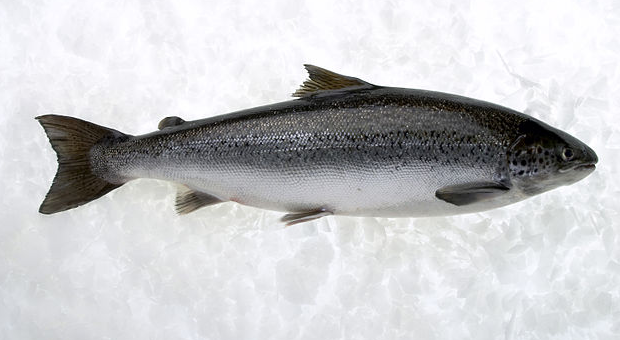By Monte Burke for Forbes
[dropcap]A[/dropcap] year or so after I moved to New York City—a disorienting experience for this obsessed fly fisherman—I came across a book called L.L. Bean Fly Fishing For Striped Bass Handbook. It wasn’t until then, I guess, that I fully realized that these great fish are abundant in the waters surrounding the city. This book became pretty much my manual for pursuing them. It was written by a man named Brad Burns.
A few years later, Burns co-authored another book, Fly Fishing For Saltwater’s Finest, with the late, great John Cole. And just last year, he published his first book about another great species, the Atlantic salmon. Closing The Season is a beautiful tome about salmon fishing on New Brunswick’s Miramichi and Cains rivers, where Burns happens to have some water.
But angling writing is only part of the equation for Burns. He also puts his money—and heart—where his mouth is, for both of his favored fish species. Burns is a board member of both the Atlantic Salmon Federation and the Miramichi Salmon Association. And he is one of the founders, and current president, of Stripers Forever, a non-profit that has become a critical voice in the ongoing battle to conserve the striped bass.
With the striper and Atlantic salmon seasons just around the corner, it felt like the perfect time to ask Burns a few questions, about fishing and conservation.
Let’s start with striped bass. We hear many different things about the health of East Coast striped bass stocks these days. In general, are you optimistic about health of the stock? Or pessimistic? And why?
In the short run there is little to be optimistic about. The number of 3-to-8-year-old stripers that we are now fishing on is relatively small compared to 15 years ago. Nothing can change that; they came from small year classes. At Stripers Forever we frequently hear from some very experienced, long-time striper fishers, and the story is always the same—2015 produced the lowest catches of the last 20 years. One Rhode Island angler with many years of very detailed records from daily fishing showed a catch that was just 10% of the numbers he caught in the peak years of the early 2000s.
A lot of hope was pinned on the 2011 year-class from Chesapeake Bay because it had a relatively significant young of the year counts. Those fish simply did not materialize, though, and that is now being recognized by the management officials. Whether those fish were just inaccurately counted or died from myco bacterial infection we’ll probably never know. We had quite a large year class reported in 2015 too, but will it meet the same fate as the 2011 year-class? Even if it does give us a shot in the arm, it is surrounded by some very weak years, and those fish won’t be 28 inches long for another 8 seasons. Clearly striper fishing is going to go through some tough times over the next few years.



![CSIRO [CC BY 3.0 (http://creativecommons.org/licenses/by/3.0)], via Wikimedia Commons](https://flylifemagazine.com/wp-content/uploads/2016/04/Screen-Shot-2016-04-25-at-10.29.29-AM-300x165.png)